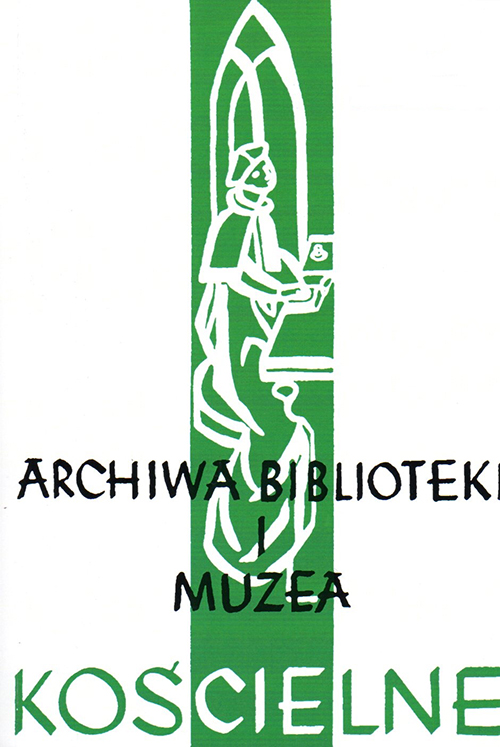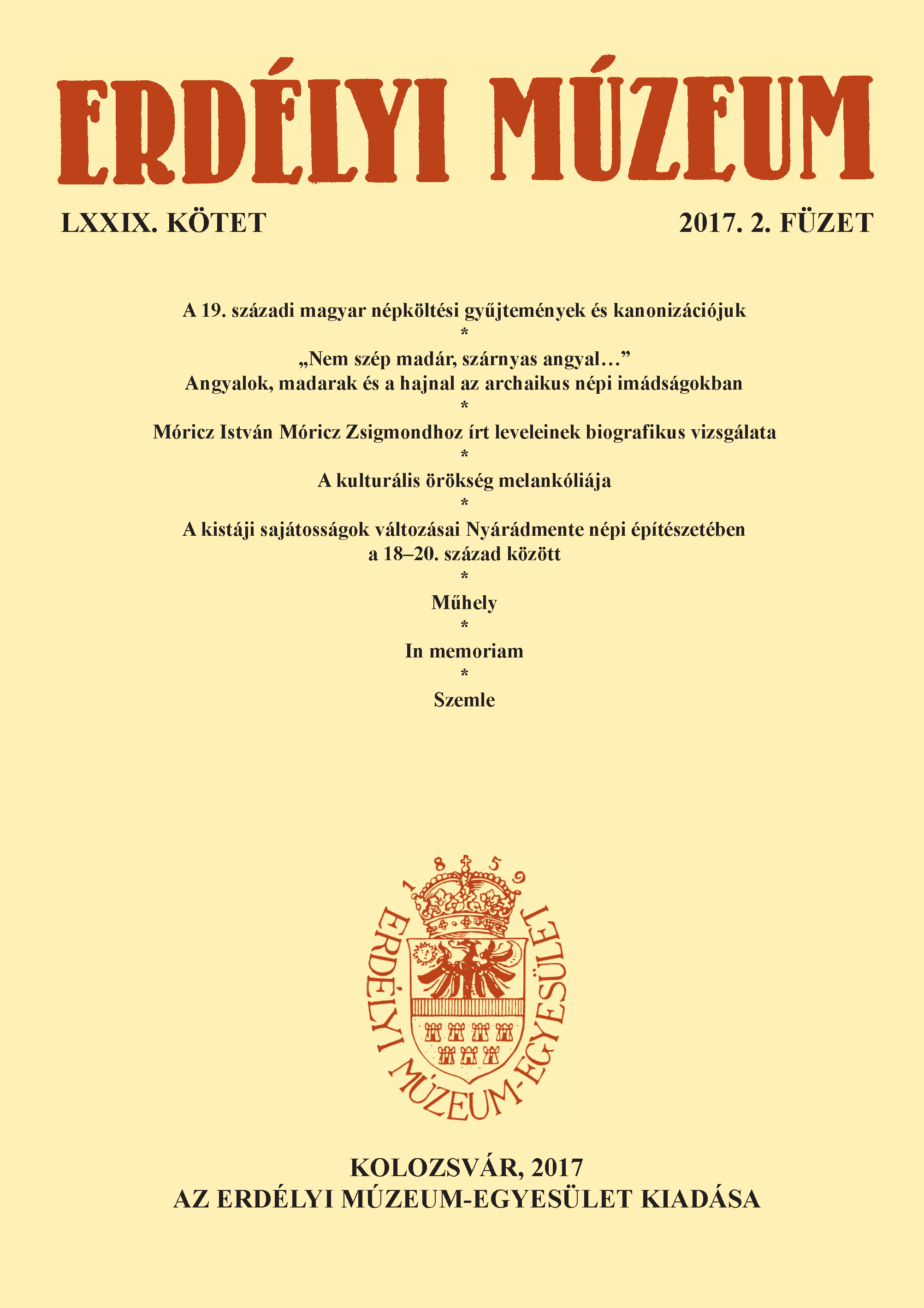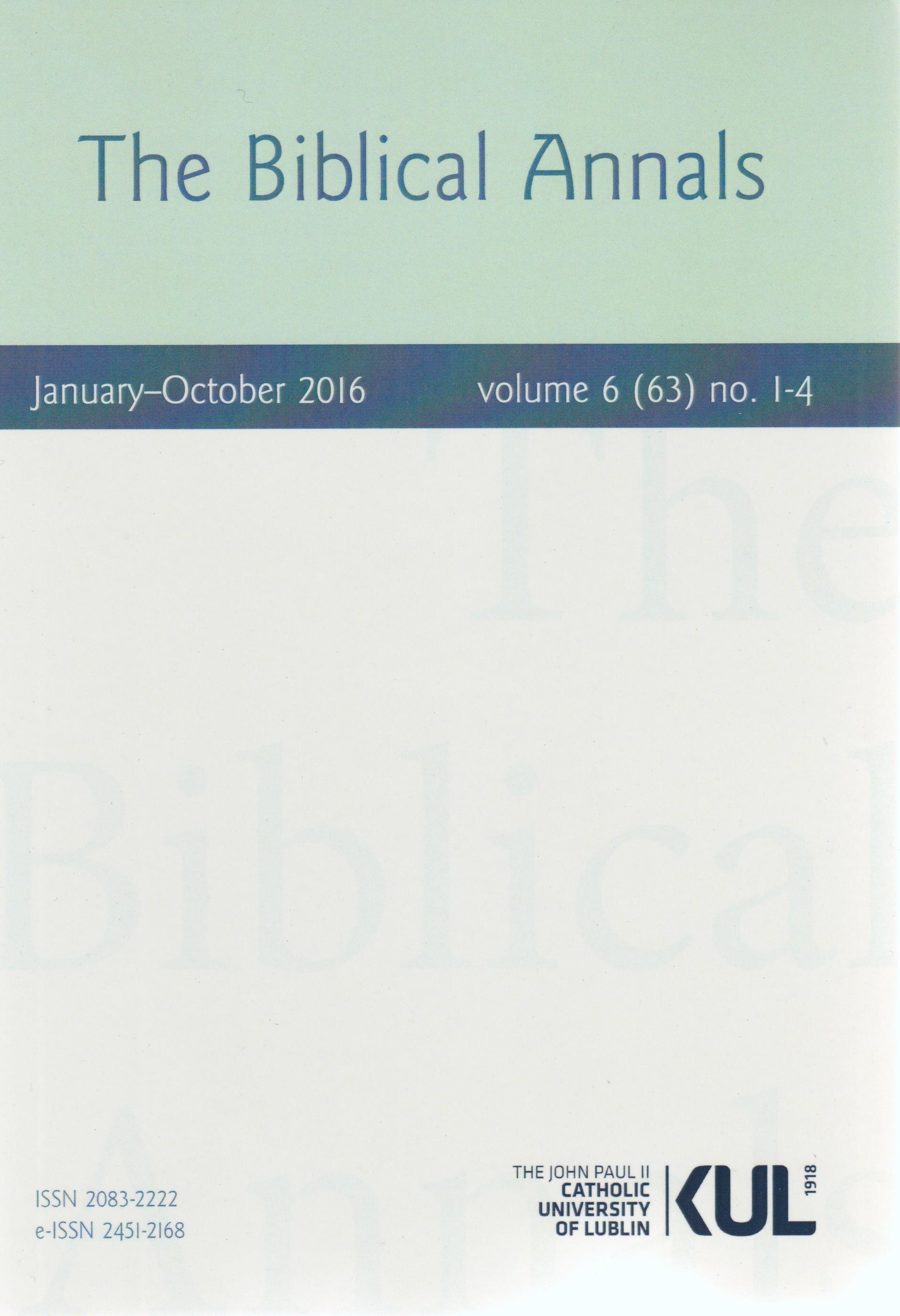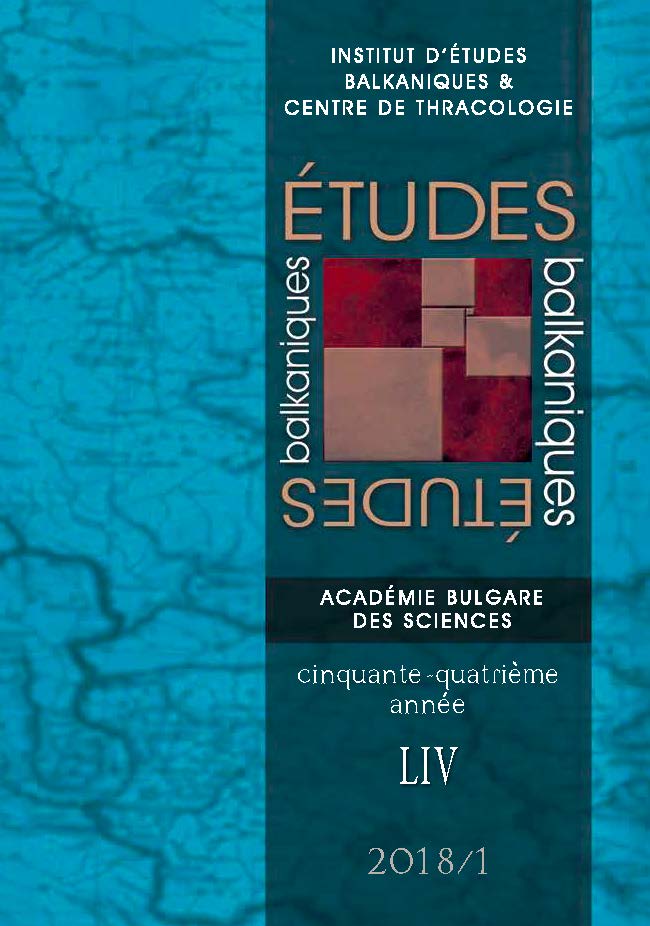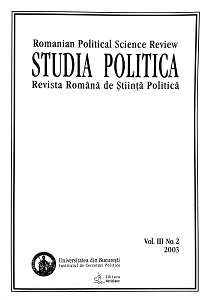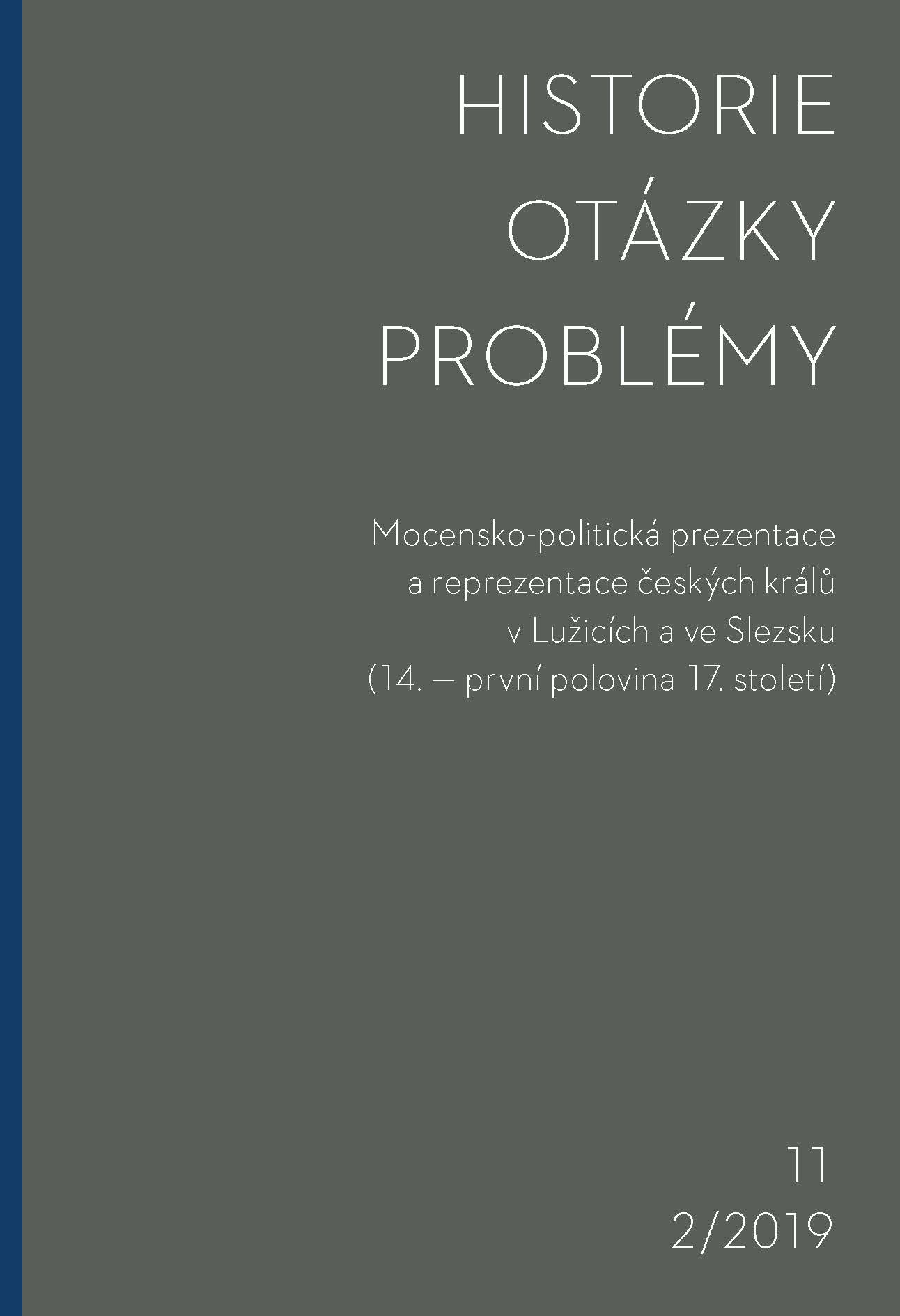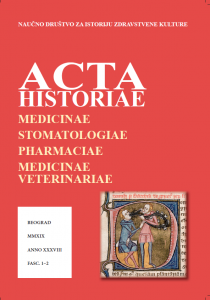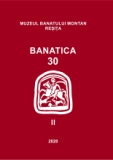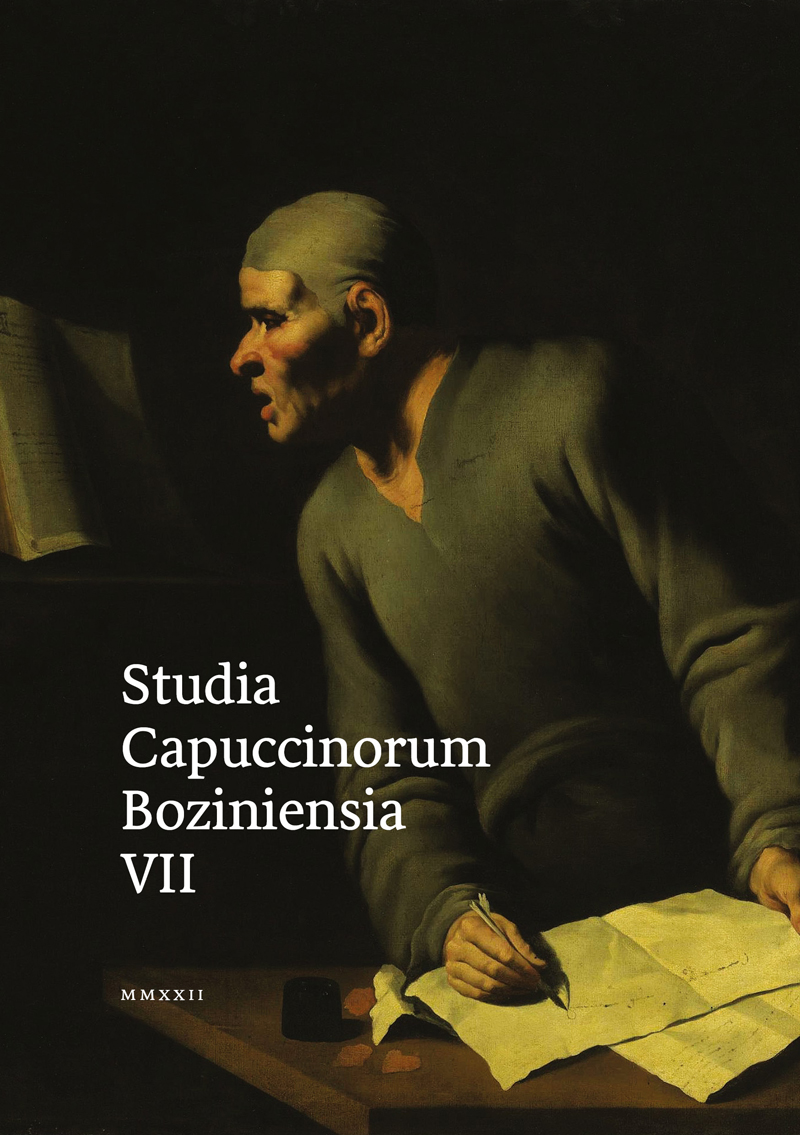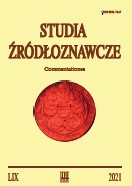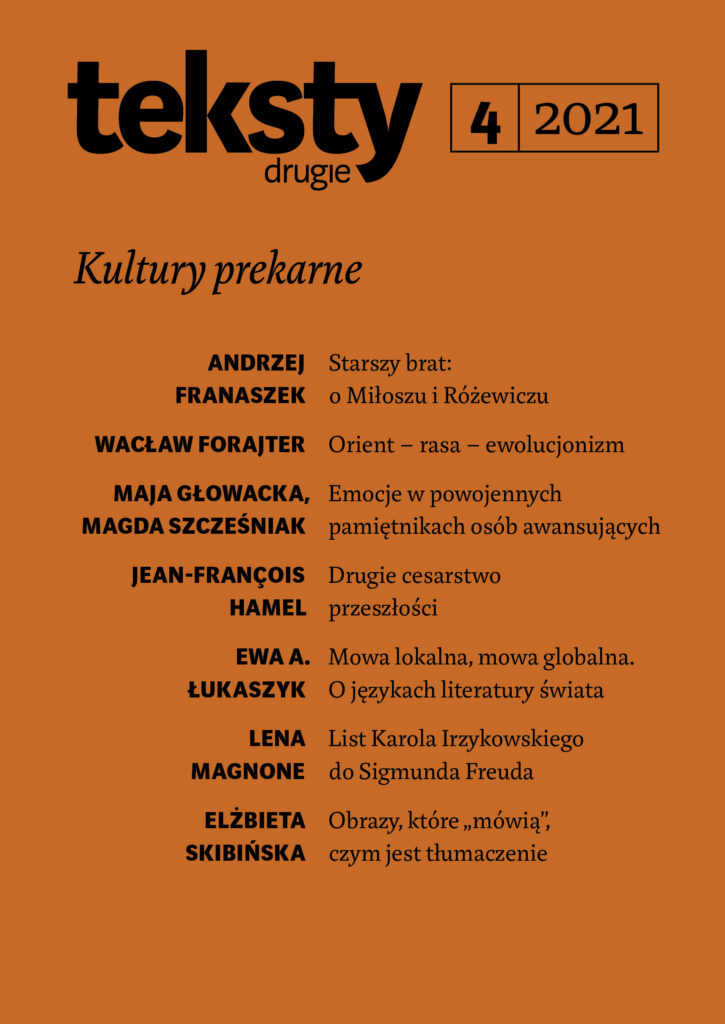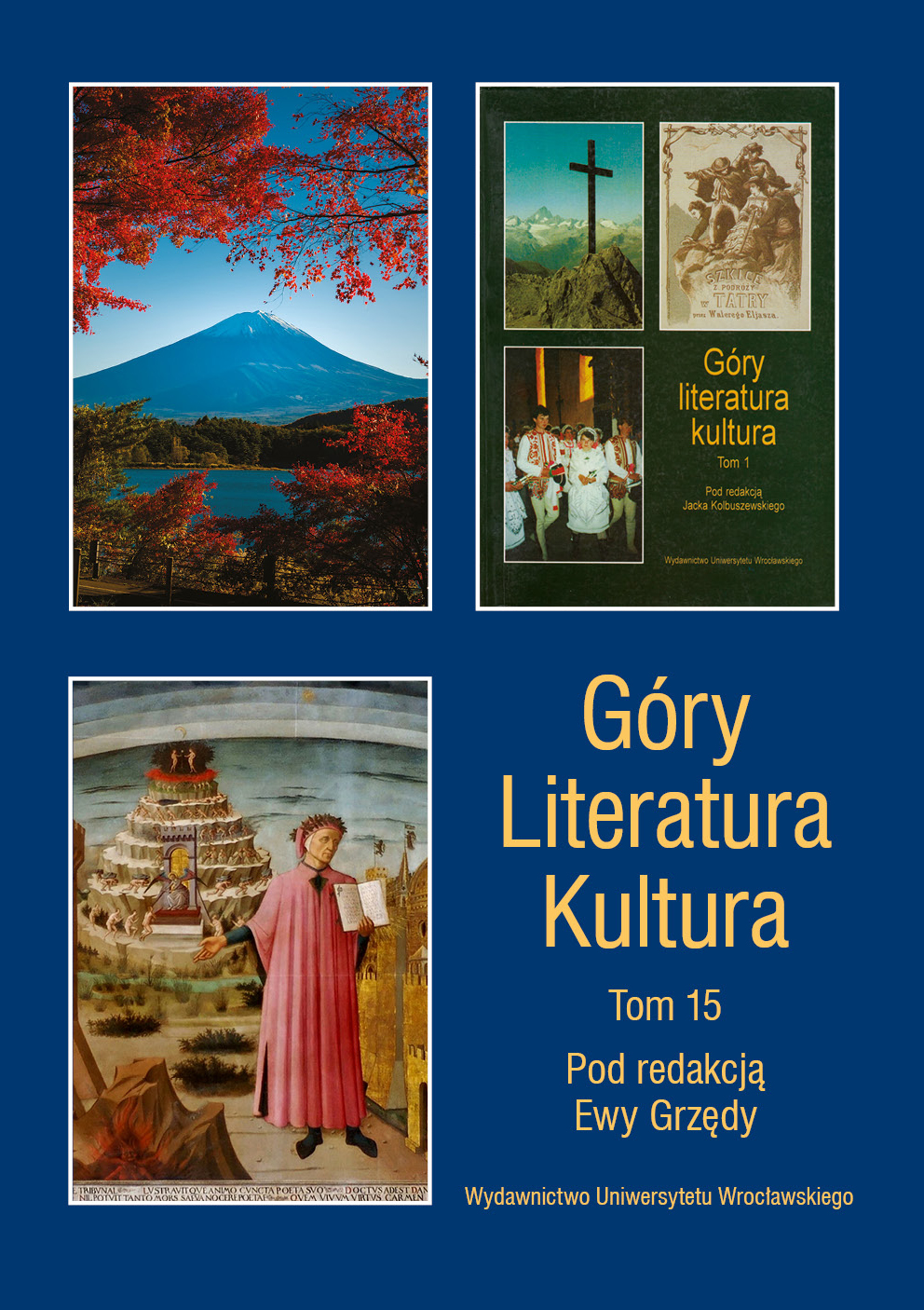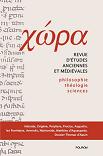
The Role of the Species and the Immediacy in the Intellectual Knowledge of the Singular in Matthew of Aquasparta
Rôle de l'espèce et immédiateté dans la connaissance intellectuelle du singulier chez Matthieu d'Aquasparta
The question of intellectual intuition in medieval philosophy is generally associated with names like John Duns Scotus and William Ockham whose major contributions to the development of the theory of intuition are well established. Nevertheless the way they approached this philosophical question is strongly related to the Franciscan tradition to which they both belonged so that an extensive comprehension of their theories of intuition requires the inquiry of their sources. As this paper means to show, Matthew of Aquasparta is one of John Duns Scotus’s most important sources in this matter and his treatment of both the questions of direct intellectual knowledge of the material individual and of the self-knowledge of the soul are important in order to understand the role of the intelligible species and the immediate character of intuitive cognition. While for Matthew of Aquasparta there is no contradiction between the implication of the species in intuitive cognition and its immediacy, John Duns Scotus and William Ockham both find a contradiction between these aspects of knowledge and therefore they both reject the presence of the species in intuitive cognition which is immediate. This paper will show the background of Matthew’s theory and the way he demonstrated that the presence of a species does not always qualify as mediation in knowledge and does not as such hinder the intuitive cognition.
More...
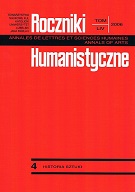
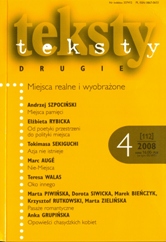
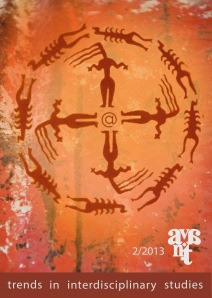
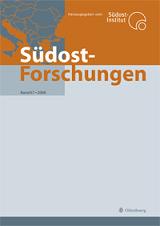
![Information about the Polish-Lithuanian Church Hierarchy. Excerpts from the Diaries of Karol Stanisław Radziwiłł, Michał Kazimierz Radziwiłł [...]](/api/image/getissuecoverimage?id=picture_2014_20560.jpg)
